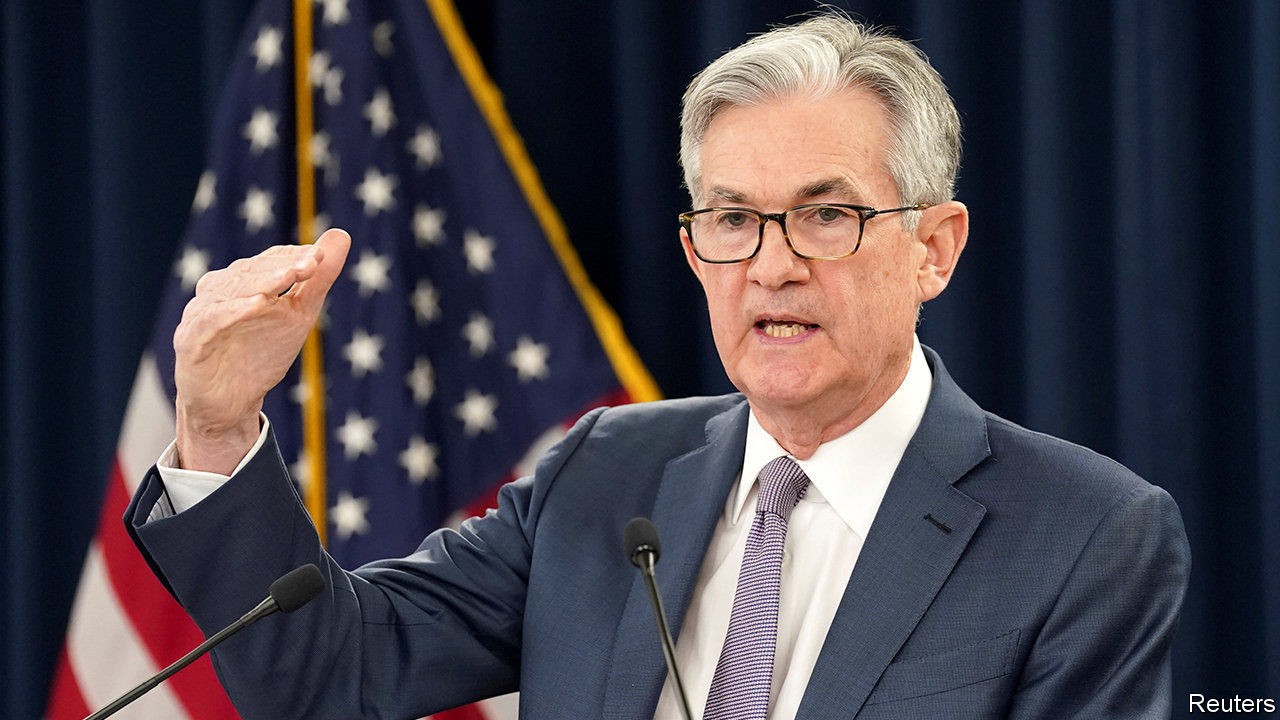Thu Oct 14, 2021
Thursday / October 14
Fed about to taper
According to the minutes of the US Federal Reserve’s September meeting released on Wednesday, monetary policy officials may begin to cut their extraordinary support to the economy as early as mid-November.
- The meeting summary shows that members feel the Fed is approaching its economic targets and may soon begin to normalize policy by reducing the pace of monthly asset purchases.
In a process known as tapering, the Fed will gradually reduce its $120 billion monthly bond purchases. The minutes show that the Fed will likely start cutting $10 billion a month in Treasury bonds and $5 billion a month in mortgage-backed securities (MBS).
The Fed has set a target date for the end of purchases to be mid-2022 if there are no disruptions.
The minutes noted “participants generally assessed that, provided that the economic recovery remained broadly on track, a gradual tapering process that concluded around the middle of next year would likely be appropriate.”
“Participants noted that if a decision to begin tapering purchases occurred at the next meeting, the process of tapering could commence with the monthly purchase calendars beginning in either mid-November or mid-December,” the minutes said.
Committee members cut their GDP forecasts for this year, but raised their inflation outlook. He said they expect unemployment to be lower than previous estimates.
In the “dot plot” of individual members’ expectations for interest rates, the committee said it could begin raising rates in 2022. Officials emphasized that the tapering decision should not mean pending interest rate hikes. However, some members at the meeting expressed concern that current inflation pressures could last longer than anticipated.
Core inflation
Inflation pressures in the world’s largest economy continued, with a reading released Wednesday showing consumer prices rising 5.4 percent from last year.
U.S. inflation accelerated last month, hovering at a 13-year high as price increases from pandemic-related labor and material shortages surged across the economy.
The Department of Labor said last month’s consumer price index, which measures how much consumers pay for goods and services, rose to 5.4 percent from the previous year, unadjusted.
The figure is the same as in June and July, when the economy reopened, but slightly higher than in August.
The consumer price index rose 0.4% last month after gaining 0.3% in August. Food prices rose 0.9% after rising 0.4% in the previous month. The biggest rise in food prices since April 2020 was driven by the rise in meat prices.
Energy crisis
Russian President Vladimir Putin said on Wednesday that Russia is ready to provide more gas to Europe if requested.
Putin flatly rejected the suggestion that Moscow cut gas supplies for political purposes.
Speaking at an energy conference in Moscow, Putin said, “If they ask us to increase it even more, we are ready to increase it even more. We will increase it as much as our partners want from us. No refusal, none.”
European gas prices hit record highs this month.
US stocks
The S&P 500 ended a three-day streak of losses amid third-quarter gains and predictions that the Fed will reduce its asset-buying program.
The S&P 500 fluctuated between gains and losses throughout the session, gaining 0.3% to close at 4,363.80. The Nasdaq Composite Index rose 0.7% to 14,571.64 points, putting an end to a losing streak. The Dow Jones Industrial Average held steady at 34,377.81 after falling 260 points to its intraday low.
JPMorgan shares fell 2.6% despite its strong earnings report. Delta Air Lines also reported financial results before the opening bell on Wednesday. The company posted higher-than-expected revenue and first-quarter profits, excluding federal aid since the start of the pandemic.
